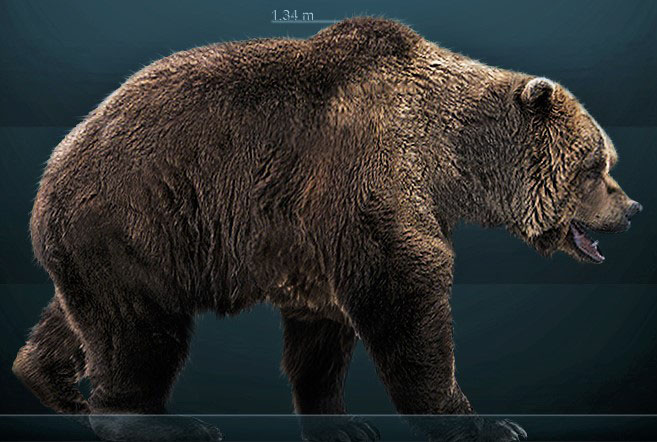Genetic research that reconstructed the past population dynamics of the cave bear, a prominent prehistoric denizen of Europe, implicates Homo sapiens rather than climate cooling in the Ice Age extinction of these brawny plant-loving beasts.
Scientists said on Thursday they obtained genome data from 59 cave bears from bones unearthed at 14 sites in France, Germany, Italy, Poland, Serbia, Spain and Switzerland.
Using this, they detected a population downturn roughly 50,000 years ago coinciding with the arrival of our species in eastern Europe and then a dramatic decline starting about 40,000 years ago coinciding with the spread of Homo sapiens throughout Europe. It ultimately went extinct about 20,000 years ago.


















With your current subscription plan you can comment on stories. However, before writing your first comment, please create a display name in the Profile section of your subscriber account page.